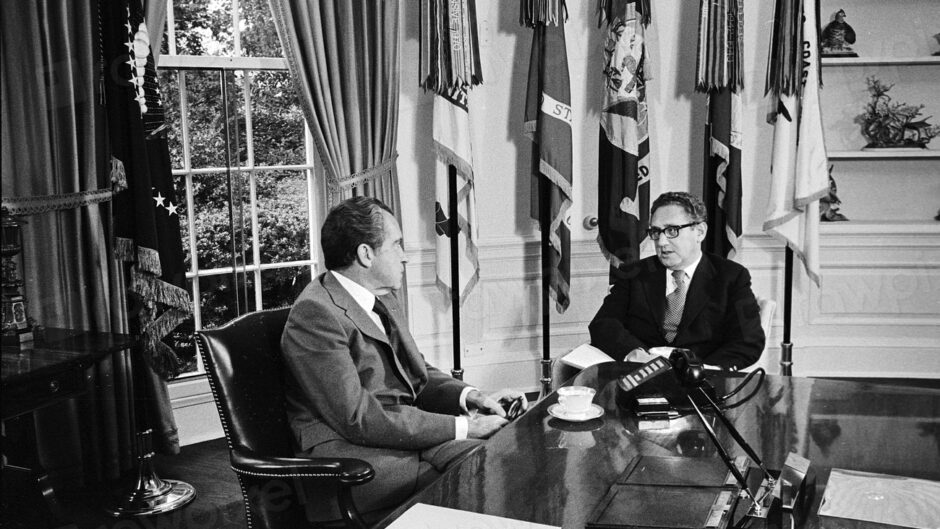President George W. Bush famously hoped that history would vindicate his—er—less popular decisions. Well, it seems that history is beginning to vindicate another president that fell in disgrace in his own era. His bigotry, racism, foul mouth and criminal actions notwithstanding, President Richard Milhouse Nixon, in hindsight, is starting to look downright palatable.
The filibuster has been, as of late, a thorn in the side of the Senate’s ability to accomplish anything. “Consider the history,” Bruce Ackerman writes at The American Prospect:
It now takes 60 Senators (three-fifths) to end a filibuster, but for most of the 20th century, a full two-thirds majority was necessary. Worse yet, unanimous consent was required by Senate rules to change this. The two-thirds provision seemed cemented into the system beyond repair.
Until Richard Nixon came along. When the Senate opened for business in 1957, he took the chair as vice president and urged the chamber to rethink the very foundations of its rules. The Senate traditionally considered itself a continuing body, which automatically inherited its old rules without any formal action.
This was a mistake, Nixon said. Since one-third of its membership is renewed every two years, the Senate should explicitly vote on its rules when it organized itself at the beginning the session. If a simple majority wanted to reduce the two-thirds rule, it was free to do so.
Nixon’s ruling was a bombshell. If his view were accepted by the Senate, 51 Senators could impose a strong civil-rights bill on the South.
This put Majority Leader Lyndon Johnson in a tough spot. He was willing to join a broad effort for a weak civil-rights measure, but he was unprepared to sacrifice his Southern colleagues by campaigning against the filibuster. He refused to support Nixon’s pronouncement. Instead, he asked the Senate to table any vote on its rules and follow its traditional practice of simply inheriting the existing rule book in a passive fashion. When Johnson’s motion won the day, he frustrated Nixon’s effort to use the Senate presidency as an engine for filibuster reform.
This wouldn’t change until many years later, when Vice President Nelson Rockefeller and Majority Leader Mike Mansfield came to a compromise to reduce the filibuster threshold to 3/5.
Now, on to health care. Check out this chart, via Ezra Klein.
The Commonwealth Fund, in a very smart piece, tries to show this by tallying the savings if we’d instituted the Nixon, Carter and Clinton reforms and they’d worked to slow spending by the aforementioned 1.5 percentage points. That’s not, it should be noted, an unreasonable estimate. If anything, it’s conservative, as these plans included hard government controls on the rise of provider payments or insurance premiums. That’s a blunt stick to swing at the system, but it’s an effective one (Paul Ryan’s plan also caps spending, for any conservatives out there who’re skeptical of the merits).
You can see the impact in the graph atop this post. The earlier you start, the more you save. These days, we spend a bit more than 17 percent of our GDP on health care. That comes out to more than $2.5 trillion. If we’d reformed the system in 1995, and our spending had slowed by 1.5 percentage points then, health care would only be 14.2 percent of GDP right now. If we’d followed Carter’s schedule and moved in 1980, we’d be down to 11.5 percent of GDP. And Nixon’s plan in 1975? A mere 10.75 percent of GDP, which as you can see on the graph, isn’t that far from what Europe spends. The lesson is simple: The earlier you start, the more you save. And with each opportunity you miss, you lose years of accumulated savings. (Emphasis mine)
Sure, he might not have been even a halfway decent human being, but could Nixon actually have been a halfway decent president? And what could this teach us about what history’s recollection of the George W. Bush’s two terms in office could end up being?



